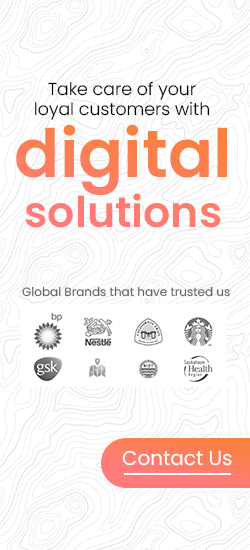Proven methods to reduce the App Development costs without compromising quality
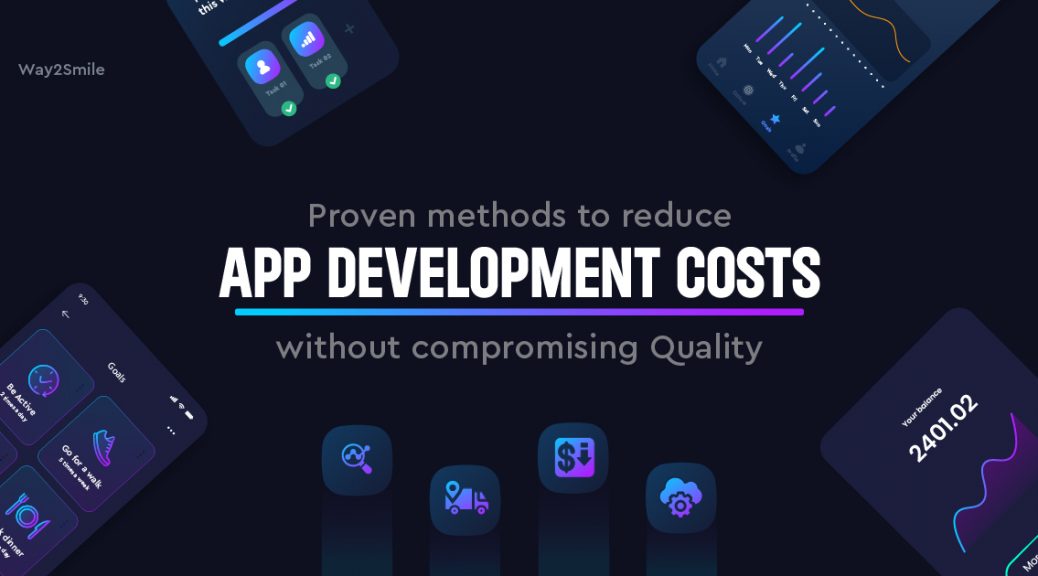
Many businesses began to produce more profits once smartphones and tablets got more popular in the market, and mobile app development is playing a key role in this fast-growing world. Mobile application development is a popular method of creating software. Many firms have begun to develop a career with mobile apps, which are expected to generate $318 billion in revenue by 2020. In comparison to the previous year, this was an increase of more than $60 billion. According to Statista’s Digital Market Outlook, revenue from major mobile app divisions will reach $613 billion by 2025.
As people move away from desktop computers and toward mobile devices, this growing industry has attracted companies from all around the world. The creation of mobile applications is heavily influenced by traditional software development. The ultimate result, on the other hand, is software that is specifically designed for mobile devices’ capabilities and hardware.
Modern smartphones have Bluetooth, NFC, gyroscopic sensors, GPS, and cameras as basic features. They can be used for virtual and augmented reality, as well as barcode scanning and other tasks. Mobile apps should be able to access all of the features on a smartphone.
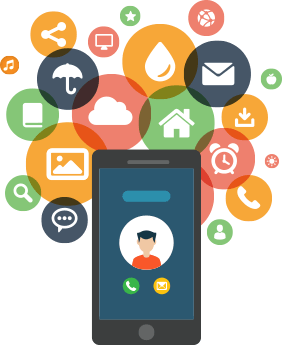
What is Mobile Application Development?
Mobile application development is the process of developing software for mobile devices. As a result, building installable software packages such as code, binaries, and assets, integrating back-end services such as data access via an API, and testing the app on target devices are all part of the mobile application development process. The two major dominant platforms in the modern smartphone market are iOS and Android.
App developers have a range of choices for gaining new users, which is crucial for a mobile application’s healthy growth. As of July 2021, the most generally utilized price strategy for user acquisition efforts was CPI, or cost per install, according to app developers throughout the world. In North America, it cost 5.28 US dollars (941273) to obtain a fresh install, but driving in-app purchases was more expensive, costing roughly 75 US dollars per user.
What are the ways to reduce App Development costs?
Many businesses have a variety of choices for budgeting and organizing their development processes. Few businesses are using the programming flow to hire in-house workers and assign them full-time jobs. Small organizations are more prone to outsource development and focus on short-term goals.
Their app development expenses are decreased in this case, but the project quality may deteriorate as a result. Non-tech companies with only a few digital products such as apps and websites to offer their clients are more inclined to hire part-timers or hire a dedicated mobile development team for specific projects.
App development software revenue is predicted to rise at a 7.17 % annual rate (CAGR 2022-2027), resulting in a market volume of US$217.00 billion by 2027.
In the sections below, you’ll learn about the best ways to get a low-cost cross-platform app development service.
#1 List out the Product Requirements
The first rule that both large and small organizations should follow is efficient planning. The purpose of this way of estimating mobile app development costs is to account for all possible scenarios in your budget and avoid any unexpected costs.
It’s better to develop an official document by expressing the product requirements to the remote or in-house team through casual emails, presentations, and official meetings. Make it as specific and understandable to everyone as possible.
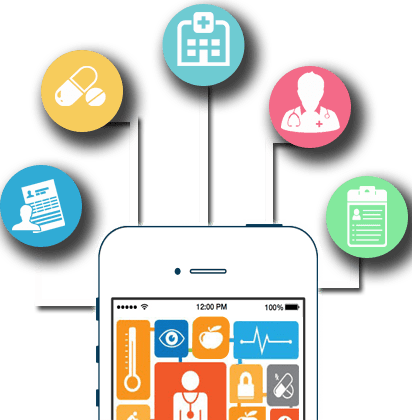
This will cut down on app development costs resulting from a lack of communication between the executive team and the product owner, as well as the chance of the product needing to be rebuilt many times.
A well-defined product requirement document (PRD) aids in the alignment of marketing and development departments, as well as determining whether you are ready to move on with app development or whether you need to spend more time researching your market niche, and target audience, and commercial potential.
#2 Outsourcing
App development outsourcing is a type of collaboration with developers that allows companies to save money on office rental and equipment, streamline internal processes, and hire professionals from a worldwide talent pool. Hire a dedicated development team of contractors with the right skills and collaborate with them on the project for app development.
Approaches that work well with a dedicated team of contractors to focus on the project:
- Plan to save money on mobile app development by hiring experts from a specific region.
- There’s no need to hire programmers and other specialists on a regular basis.
- Not interested in hiring technical knowledge and instead like to acquire a ready-to-use product that adheres to the PRD at the end of the project.
- Consider the work of an expert in a given field who does not live in the same place.
Hand-Picked Related Content ☛ Evolving Beyond The Human-Centred Design: A Fresh Perspective On App Development
#3 Choose the best Cooperative Model
The main factor to consider while budgeting for app development is the partnership approach. There is no single collaboration model that eliminates all outsourcing risks. However, choose the one that best fits the project.
Fixed Price Model
A fixed-price agreement is signed between a client and an outsourcing team, stating that the client will pay a certain amount for the finished output. During the pre-agreement stage, the company shares its requirements and project technical details. Freelancers, a specialized development team, or an outsourced service provide budget estimates and timelines.
The advantage of this strategy is that it eliminates the potential of going over budget and allows for easy evaluation of the outcome. The fixed price approach, on the other hand, prohibits changes to the product concept or features on the fly. If the project PRD isn’t explicit enough, use a different cooperation model.
Time and Materials Model
The cost of app development should be variable if the project’s requirements are uncertain. Under the time-and-materials approach, the corporation should cover the actual number of hours the remote team worked on the assignments as a customer. Pay for any resources, such as software, equipment, subscriptions, and even licensing, that are required to accomplish the task.
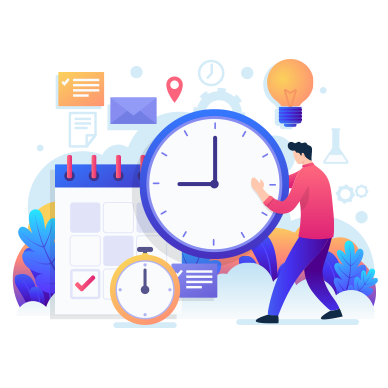
Improved project timeliness, project vector modifications in critical situations, and better monitoring of programmers’ performance are all possible using this method. However, the time-and-materials model has some downsides, such as unexpected costs and early budget exhaustion. It also has a reduced level of control.
#4 Use Credible Technologies
The technological stack is a collection of programming languages, frameworks, and digital tools that programmers and other professionals utilize to create a complete product in the technology field. Because it defines the development workflow, style, and complexity of app maintenance, as well as higher costs and commercial risk, the Tech stack has a significant impact on the average cost of app creation.
There are front-end and back-end components in every tech stack. However, some of the most used development tools perform admirably on both the client and server sides of the project. A tested tech stack can aid in the optimization of the development process and the reduction of team resources. Using existing tech stacks, create an app with custom features. In this instance, look for trustworthy data security solutions.
#5 Start with MVP
A Minimum Viable Product (MVP) is a product with only the most essential elements that can help users carry out your startup’s principal idea. The MVP strategy is an aspect of Lean development that focuses on creating product versions, measuring the results, and then figuring out how to improve and profit from the product.
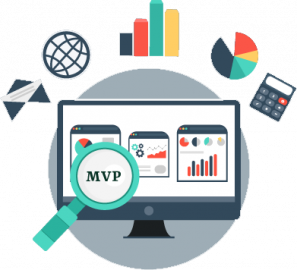
Furthermore, an MVP isn’t about speeding up the development of an app. The method also aids in the creation and testing of a sales funnel. Consumer-critical selection characteristics, demand for specific features, and the cost of acquiring a new client should all be of primary concern. Analyze your rivals, make a feature list and prioritize it, create an MVP, and then analyze consumer behaviour and feedback.
Chances to save money on mobile app development by using the right approach to product testing are possible. It’s more expensive to improve an app’s performance or update the core codebase when it’s nearly finished than it is to test each feature individually or conduct regular code quality assurance.
#6 Customization of Graphics & Process
Custom solutions, like ready-made tech stacks, are more expensive. Therefore this is a great way to save money. That isn’t to argue that you should ignore customization entirely. Customized technology can help you enhance your efficiency and save money on product maintenance. At the same time, custom UX and UI designs are a part of the marketing plan. A well-designed user interface may quickly make your app popular, and a favourable customer experience draws additional customers and media.
Summing Up
The easiest method to get low-cost mobile app development without sacrificing the app’s appeal is to keep it as simple as possible, drawing a clear line between what components and functions are essential to the promotional plan and what isn’t. Pre-made code piece designs built with UI building tools and partnering with the top mobile app development company with project expertise are all great ways to cut costs.


